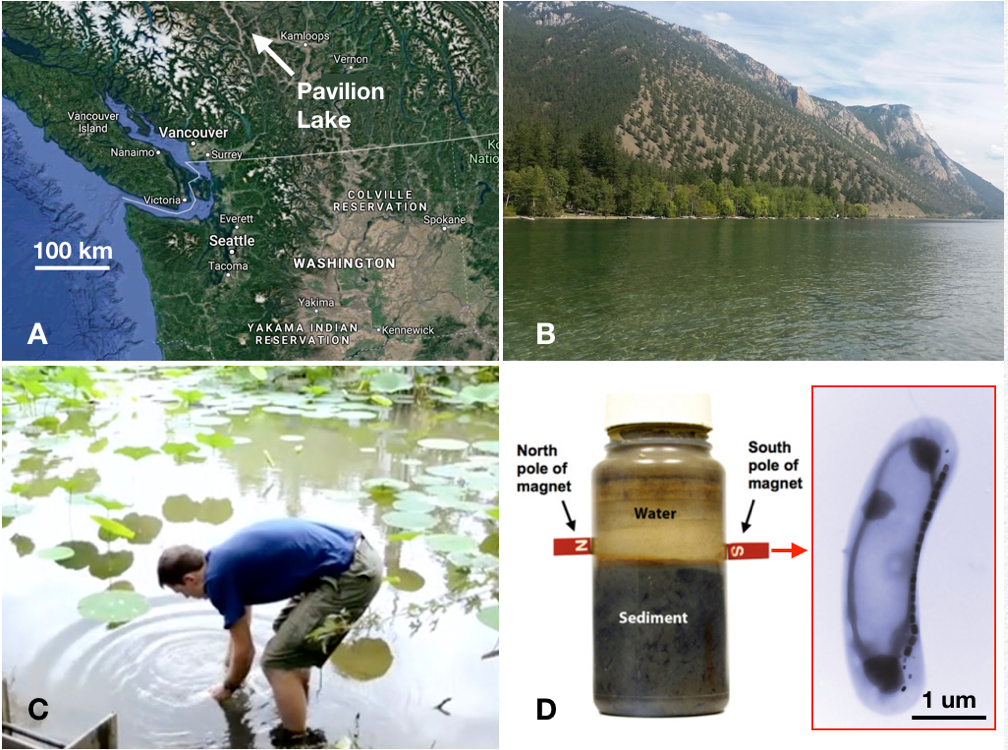Materials & Methods
Characteristics of Materials & Methods
- Tells the reader how the research was conducted.
- This section is used by other scientists as a guide to reproduce and critically evaluate the research.
- Provides detailed information about the techniques, methods, instruments and equipment used in the research.
- Tells the reader who conducted the research, how data was collected, when and where work was completed.
- Gives information about the materials that were used in the experiments.
The Materials and Methods section appears in the poster immediately after the Introduction section. It contains all the information needed to understand how data was collected, which instrument or equipment was used to collect data, what method or technique was used to conduct the research, when the work was conducted, who conducted the research, where the research was conducted, what material (e.g., chemical compound, organism, molecule, mineral) was used in the experiments and how or where the material was obtained. This information is important so that (1) the audience can understand how the research was conducted and (2) so that another scientist can attempt to reproduce the results. Reproducibility is a key component of the scientific process and a way that scientists can create new knowledge and understanding in their field.
The Materials and Methods section is matter-of-fact and simply states the facts of the research. For example, an author might explain how samples were collected from a field site: “One week after the August 2018 forest fire, 165 soil samples were collected from a depth of 0-5 cm at the White Wolf Campsite in Yosemite National Park. The samples were packed in ice, transported to the laboratory and then stored at -20oC until processing. Samples were separated by size using a Wildco 78-700 Sieve Set (63 micron to 4000 micro, Cole-Parmer) and Meinzer II Sieve Shaker (Fisher Scientific).”
These sentences contain detailed information about where the samples were collected (i.e., Yosemite National Park, White Wolf Campsite) when (i.e., 1 week after the August 2018 fire) and how the samples were collected (i.e., at a depth of 0-5 cm) and handled (i.e., soil samples were stored frozen until they were separated by size using a sieve set and shaker). This is the type of information that should be contained in the Materials & Methods section of a poster.
Figure 6. Example of a Methods & Materials Figure

The Materials and Methods section may contain a figure(s) that describes the research in more detail by showing the reader a photograph, diagram or equipment that was used for experiments (Fig. 6). Often times it is easier for the reader to understand how research was conducted or how data was collected when they have a figure to look at and study. Figure 6 shows how the scientist collected samples from a freshwater lake (Fig 6C). The figure shows the location of the Pavilion Lake on a map (Fig 6A) and a photograph of the lake (Fig 6B) where samples were collected. Figure 6D shows the equipment that was used in the research and a photograph of the organism that the scientists were studying.
When describing a particular technique or method you should always provide a citation for the reference(s) that describes the technique or method in detail. This way your reader will be able to find detailed information about how experiments were conducted. You will be limited in the amount of information that can be provided in your Materials and Methods section because you will use 20-point font size or larger larger on your poster. You will also want to leave plenty of space on your poster for figures and tables because these are very important visual tools that you can use to describe your research to the audience.
